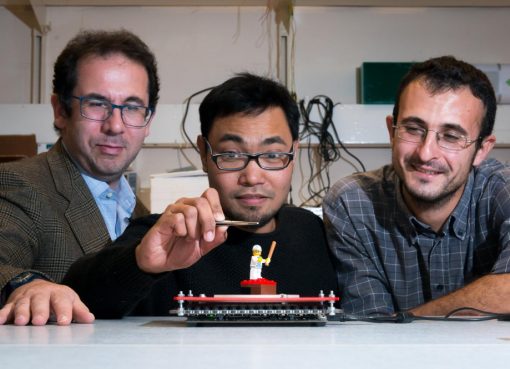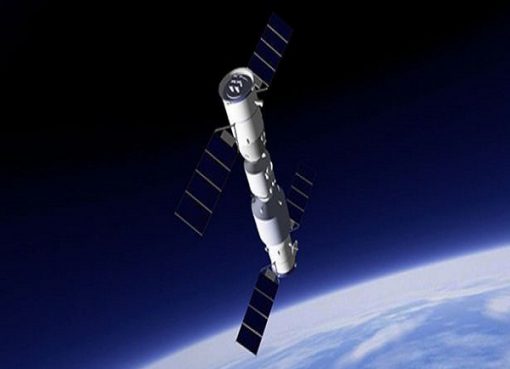Concrete could be rendered more sustainable, using a new method for visualising its reaction with water as it is mixed.
With a better understanding of cement chemistry, scientists could potentially “alter production or change ingredients so that concrete has less of an impact on emissions, or add ingredients that are capable of actively absorbing carbon dioxide,” said Professor Admir Masic, an expert in civil engineering at MIT.
The team developed a technique called Raman microspectroscopy to get a closer look at the specific and dynamic chemical reactions taking place when water and cement mix. Raman spectroscopy creates images by shining high-intensity laser light on material and measuring the intensities and wavelengths of the light as it is scattered by its molecules. Different molecules and molecular bonds have their own unique scattering “fingerprints,” so the technique can be used to create chemical images of molecular structures and dynamic chemical reactions inside a material.
The MIT researchers used it to observe a sample of ordinary Portland cement placed underwater without disturbing it or artificially stopping the hydration process, mimicking the real-world conditions of concrete use. One of the hydration products (portlandite) tends to start as a disordered phase, percolates throughout the material, and then crystallises, the researchers concluded.
Their work could help to guide researchers as they experiment with new additives and other methods to reduce concrete’s greenhouse gas emissions
“Knowing when the concrete is going to set is the most critical question that everyone is trying to understand” in the industry, Loh said. “We do a lot of trial and error to optimise a design. But monitoring the underlying chemistry in space and time is critical, and this science-enabled innovation will impact the concrete printing capabilities of the construction industry.”
Next-generation technologies like 3D printing of concrete could also benefit from the study’s new imaging technique, the team suggests.
Source: E&T










